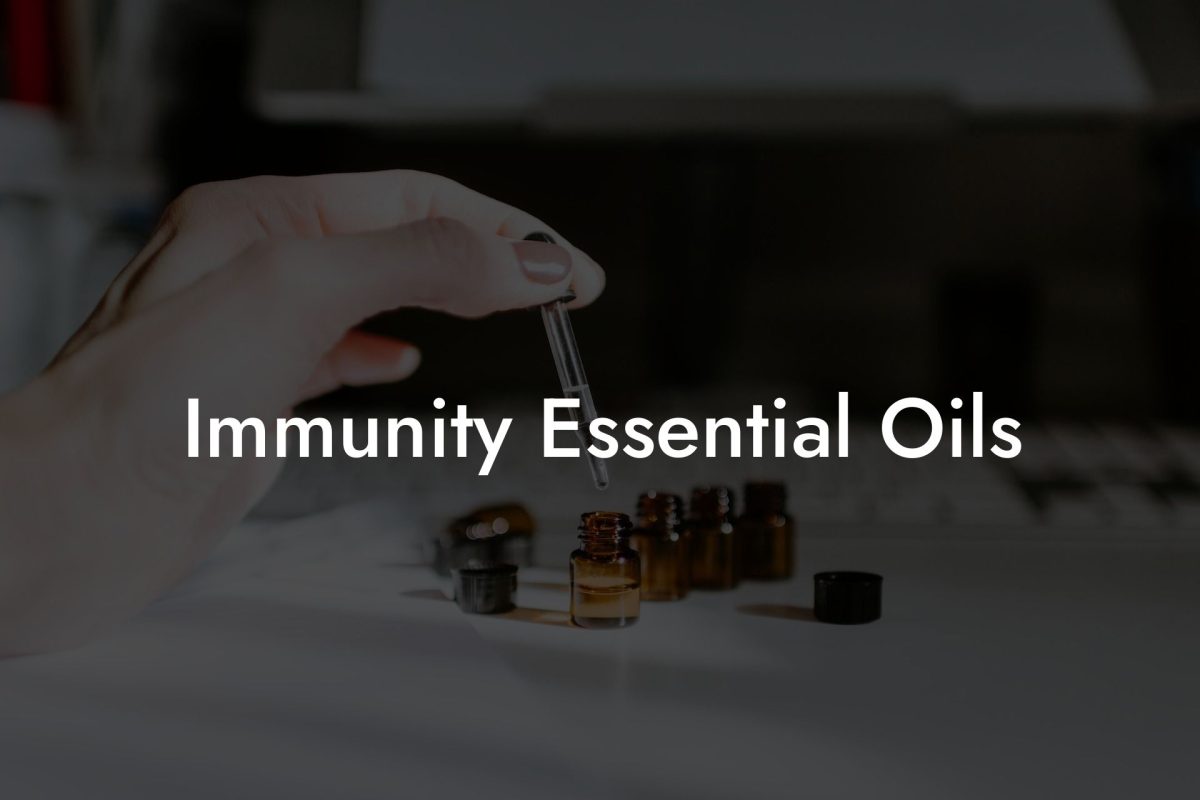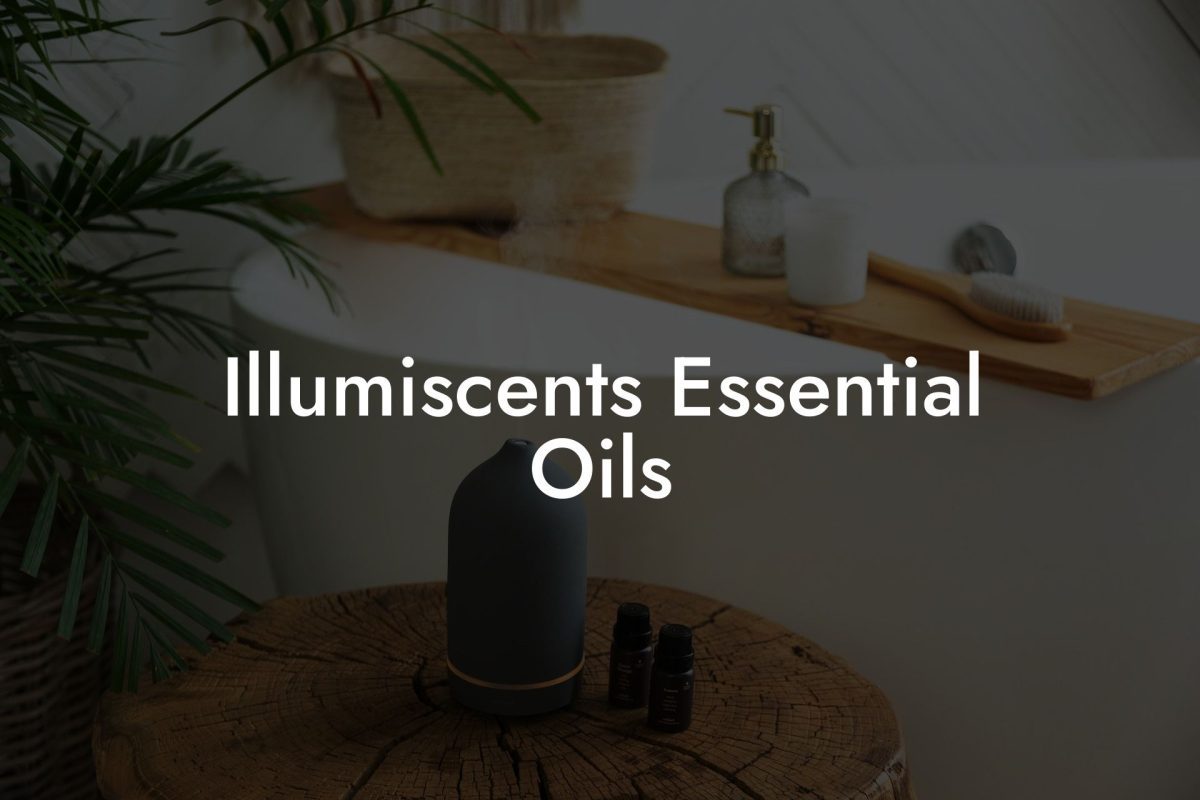Unlock the full potential of nature’s magic with this comprehensive guide on how to get essential oils from herbs. Dive into the world of aromacology and learn how to make the purest and most potent essential oils right in the comfort of your own home.
Table of Contents
- Understanding Essential Oils
- 1. Steam Distillation
- 2. Cold Pressing
- 3. Solvent Extraction
- 4. Carbon Dioxide Extraction
- Step 1: Gather Your Materials
- Step 2: Prepare the Herbs
- Step 3: Set Up the Distillation Apparatus
- Step 4: Begin Distillation
- Step 5: Collect the Essential Oil
- Methods of Essential Oil Extraction
- Detailed Steps for Steam Distillation
Understanding Essential Oils
Essential oils are highly concentrated, natural plant extracts that come from the flowers, leaves, fruits, seeds, and roots of various plants. These oils are known for their therapeutic properties and are often used in aromatherapy, body care, perfumes, and even as natural cleaning agents.
Methods of Essential Oil Extraction
1. Steam Distillation
– Most commonly used method for extracting essential oils
– Herbs are placed on a grid inside a sealed container, and steam or boiling water is passed through the plant material
– The heat causes the essential oils to evaporate, and the oily vapors are then cooled and condensed back into liquid form
2. Cold Pressing
– Mainly used to extract essential oils from citrus fruits like lemon, orange, and grapefruit
– The fruit peel is mechanically pressed to release the oil
– This method is also commonly used for olive oil extraction
3. Solvent Extraction
– Used for the extraction of particularly delicate or heat-sensitive essential oils (like jasmine or rose)
– A solvent (commonly hexane) is used to dissolve and extract the essential oils from the plant material
– The solvent is then evaporated, leaving behind the concentrated essential oil
4. Carbon Dioxide Extraction
– A relatively newer and more advanced technique
– Carbon dioxide is used as a solvent under high pressure and low temperatures
– This results in a clean, pure essential oil with minimal degradation or contamination
Detailed Steps for Steam Distillation
Step 1: Gather Your Materials
– Fresh or dried herbs of your choice
– A large pot with a lid and steamer insert or a heatproof bowl
– A glass container with a tight-fitting lid
– Ice cubes and cold water
– A heat source (stove or hot plate)
– A clean cloth
Step 2: Prepare the Herbs
– If you are using fresh herbs, wash them thoroughly and pat dry
– Finely chop, crush, or bruise the herbs to release their oils
– If using dried herbs, measure out the appropriate amount (typically around 4 cups)
Step 3: Set Up the Distillation Apparatus
– Fill the pot halfway with water and bring it to a boil
– Add the steamer insert or heatproof bowl and carefully arrange the herbs on top
– Place the lid upside down on the pot, with the handle pointing downwards (this will help the condensed water and oil to drip down into the collection container)
Step 4: Begin Distillation
– Once the water is boiling, reduce the heat to a gentle simmer
– Place a bag of ice or an ice-water mixture on top of the inverted lid to help cool and condense the steam
– The essential oil vapors will rise, condense on the cool lid, and eventually drip into the glass container
Step 5: Collect the Essential Oil
– After several hours of distillation, carefully remove the lid and pour the collected liquid from the glass container into a separate container
– Leave the liquid to settle for a few hours, allowing the essential oil to separate from the water
– Carefully pour off the essential oil, leaving the water behind
How To Get Essential Oils From Herbs Example:
Imagine yourself savoring the soothing aroma of lavender essential oil, steam distilled to perfection in your own kitchen. Inhaling its calming scent brings forth feelings of relaxation and tranquility, chasing away your daily stresses. Knowing that you’ve carefully crafted this potent elixir brings a sense of accomplishment, and excitement to explore new herbal combinations and aromatherapy blends.
Now that you’ve learned the fascinating process of extracting essential oils from herbs, you’re ready to embark on a potentially life-changing journey in the world of aromacology. Harness the power of nature’s healing properties and share your newfound knowledge with friends and family. Don’t forget to check out Oshu Oils’ range of essential oils and explore our other insightful guides to elevate your essential oil experience. Here’s to a fragrant and well-balanced life!





















